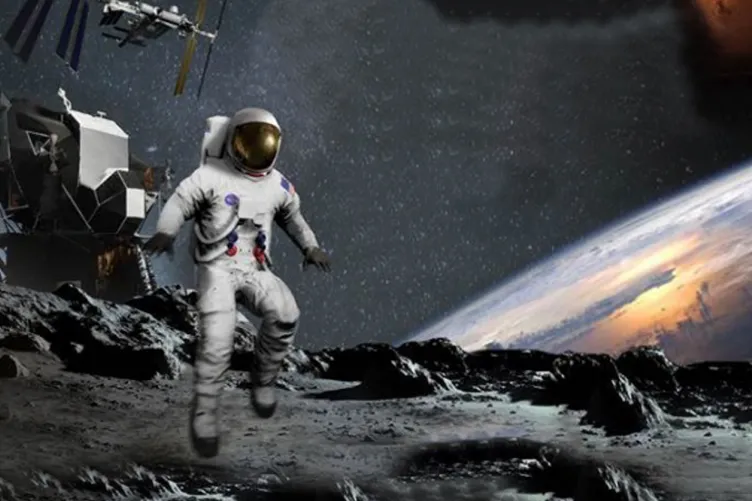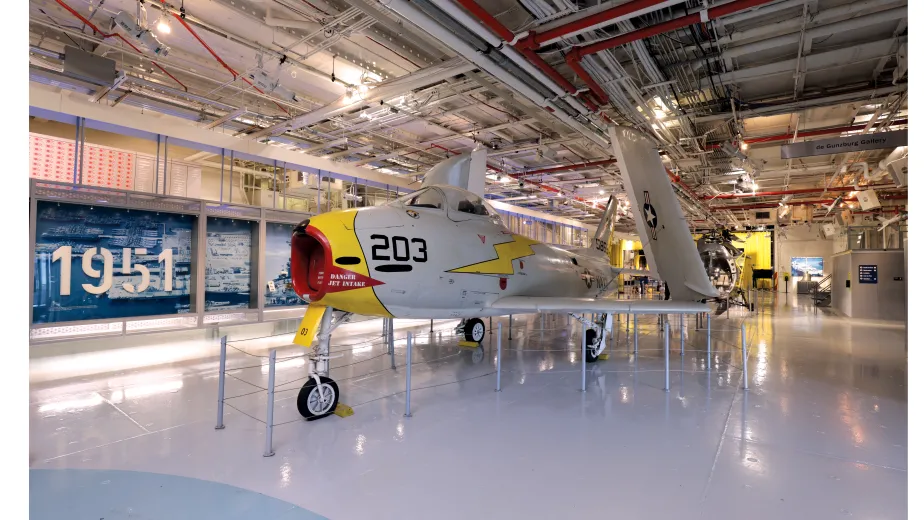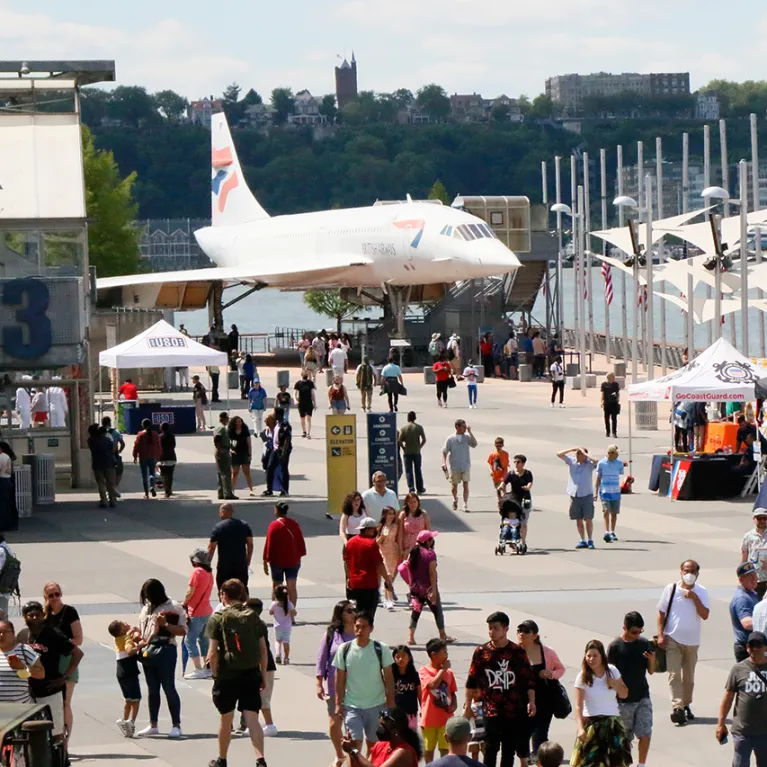Image

Virtual Reality
Apollo 11 & Beyond VR Experience
Climb aboard a massive Saturn V rocket and blast off for adventure to witness humankind’s first inspiring steps on the Moon in an immersive virtual reality adventure.
Learn More



